Zabbix的基础使用
一、基础使用
1.1. 监控的添加
1)添加主机组➡️➡️添加主机➡️➡️添加监控项➡️➡️根据监控项目添加图形或者触发器(建议使用模板);
2)主机添加的接口类别:
1-AGENT:Zabbix提供agent客户端,适配于Linux、Windows等;
2-SNMP:使用SNMP协议监控服务器、交换机、路由器等;
3-JMX:监控JAVA进程;
4-IPMI:监控硬件信息;
2.1. 模板的使用
1)系统自带模板;
2)自定义模板:创建模板属于某个主机组,然后创建监控项目(图形、触发器);
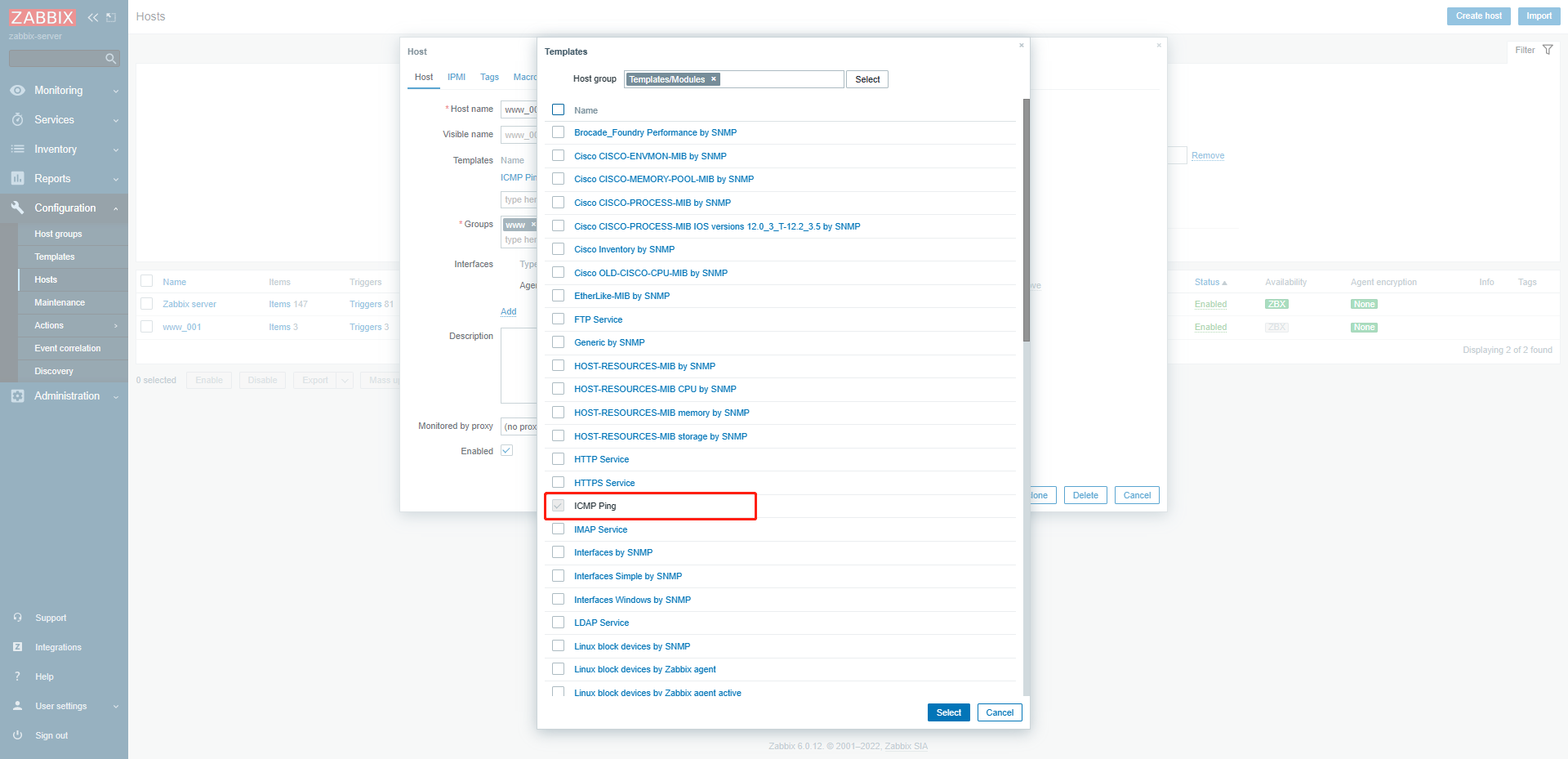
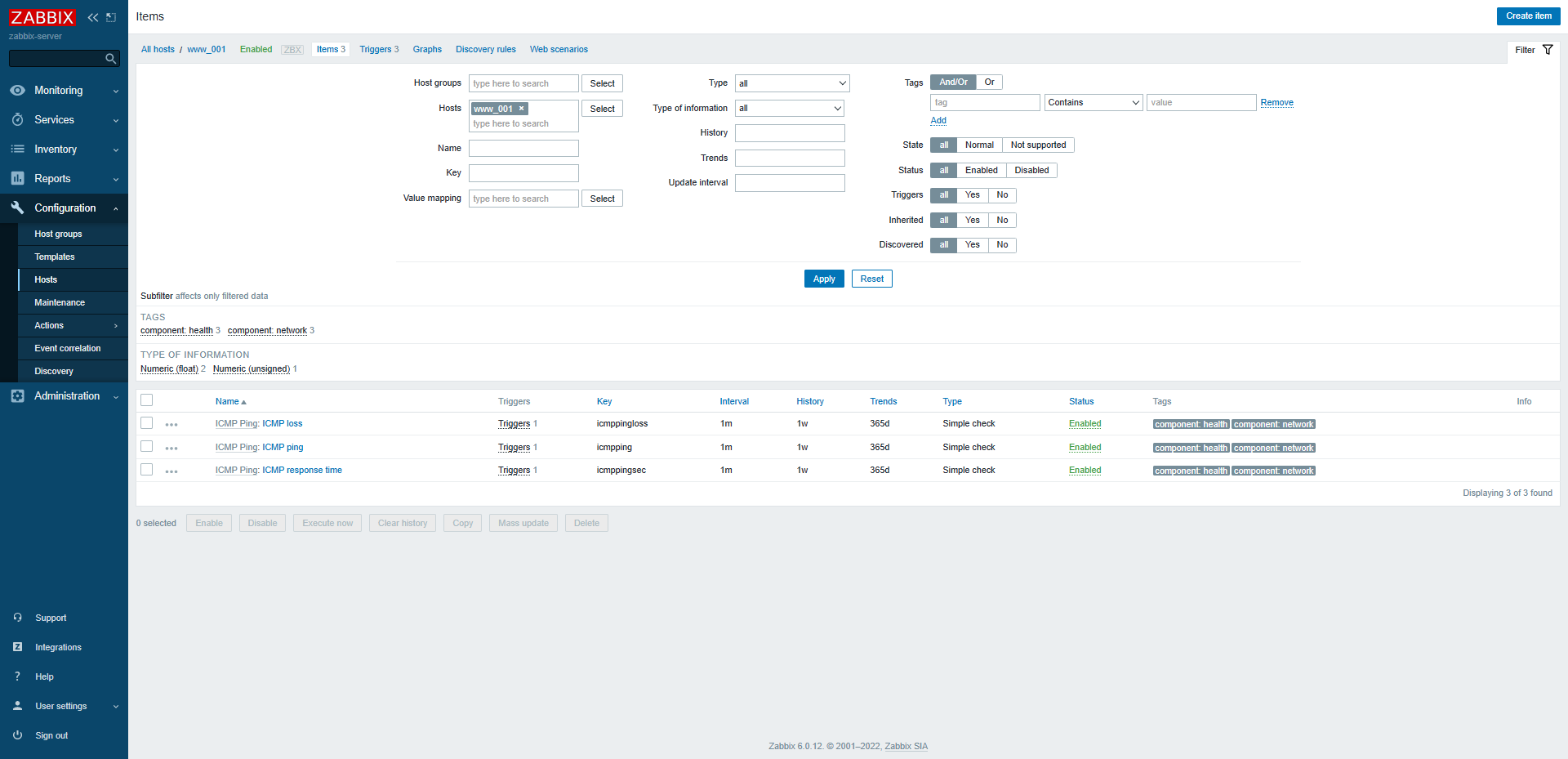
3.1. Zabbix 配置告警(邮件及钉钉)
-
1、邮件告警配置(配置告警媒介-配置触发器-配置动作Action)
- 1)新建脚本➡️➡️告警媒介里配置(
消息模板{HOST.NAME1} {HOST.IP1})➡️➡️给用户配置告警媒介; - 2)在模板里创建触发器
- 3)设置动作action(延迟告警发送)(
{EVENT.NAME} ({HOST.NAME1} {HOST.IP1}));

# 注意告警脚本的配置路径 [root@harbor alertscripts]# cat ./zabbix_sendmail.py #!/usr/bin/python #-*-coding:utf-8-*- from email.mime.text import MIMEText from email.header import Header from smtplib import SMTP_SSL import sys smtpaddr = 'smtp.163.com' myemail = 'xxxxx@163.com' f = open('/home/application/zabbix/.passwd', 'r') password = f.readline().strip() recvmail = sys.argv[1] # 接收者 subject = sys.argv[2] # 主题 content = sys.argv[3] # 内容 msg = MIMEText("""%s"""%(content), 'plain', 'utf-8') # 内容 msg['Subject'] = Header(subject, 'utf-8').encode() # 主题 msg['From'] = myemail # 发送者 msg['To'] = recvmail # 接收者 try: smtp = SMTP_SSL(smtpaddr) smtp.login(myemail, password) smtp.sendmail(myemail, recvmail.split(','), msg.as_string()) smtp.quit() print('success') except Exception as e: print('fail:'+str(e)) [root@harbor alertscripts]# chmod +x ./zabbix_sendmail.py [root@harbor alertscripts]# ./zabbix_sendmail.py xxxx@163.com 'zabbix disk' 'content: disk > 90%'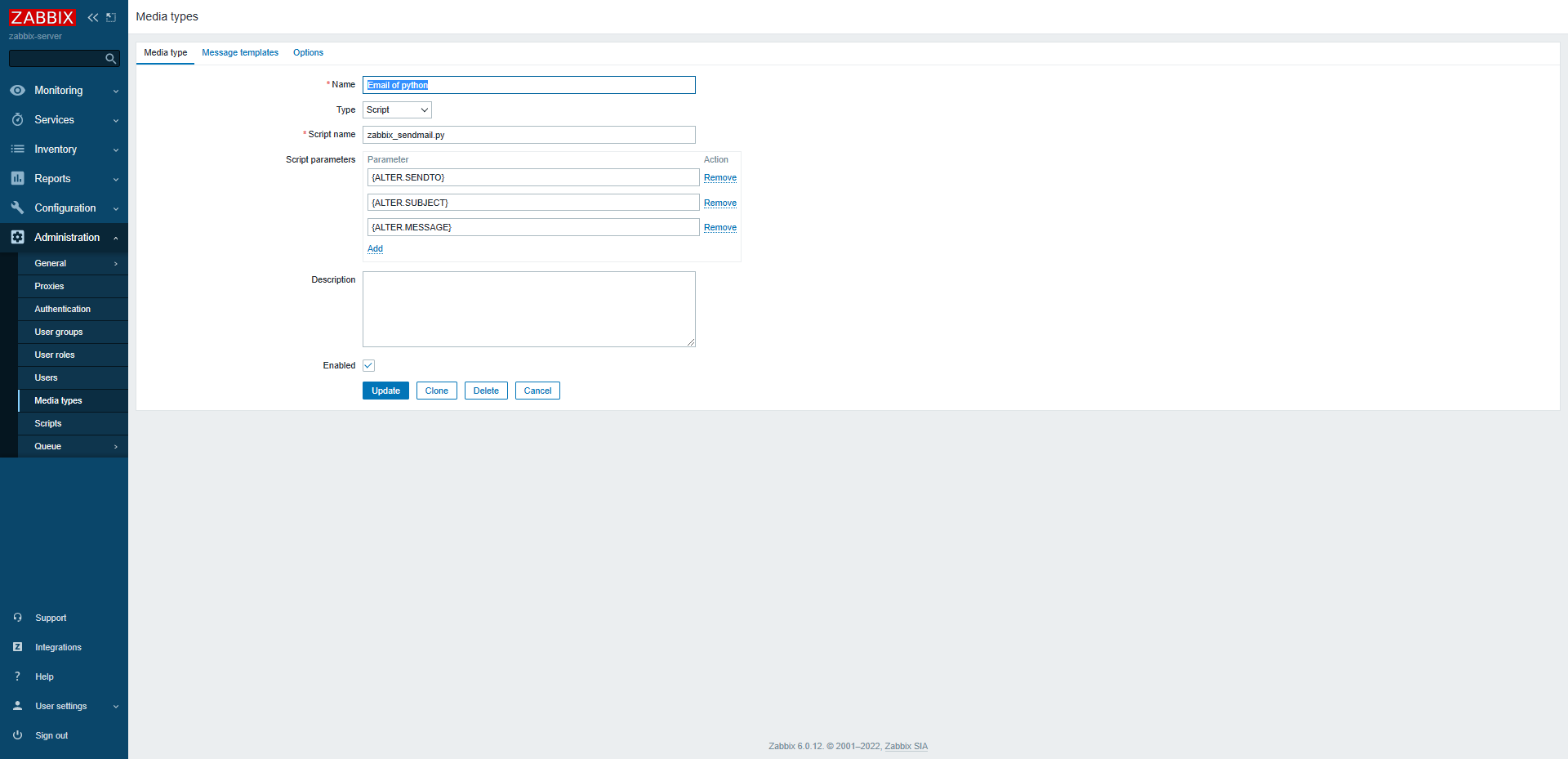
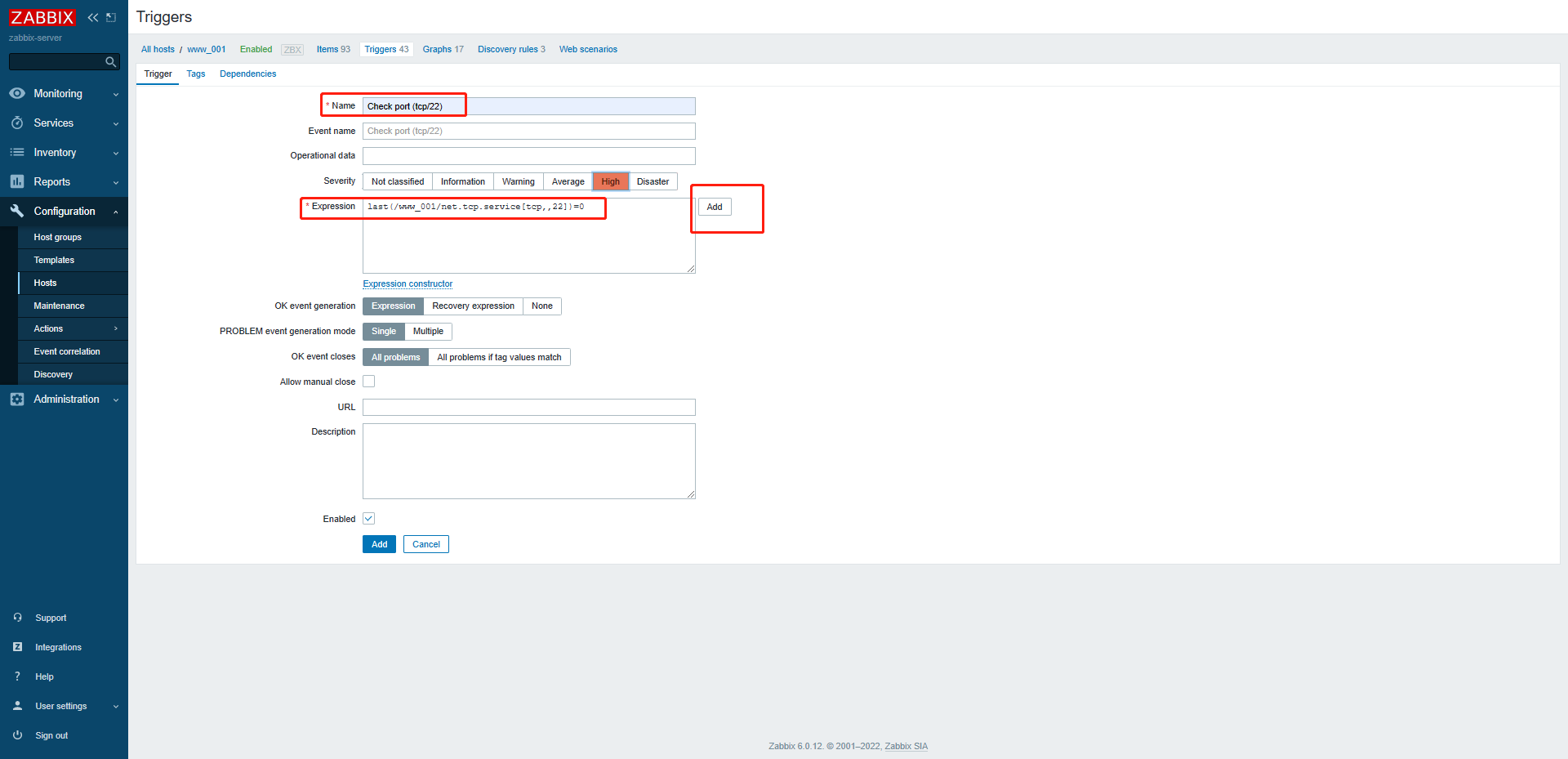
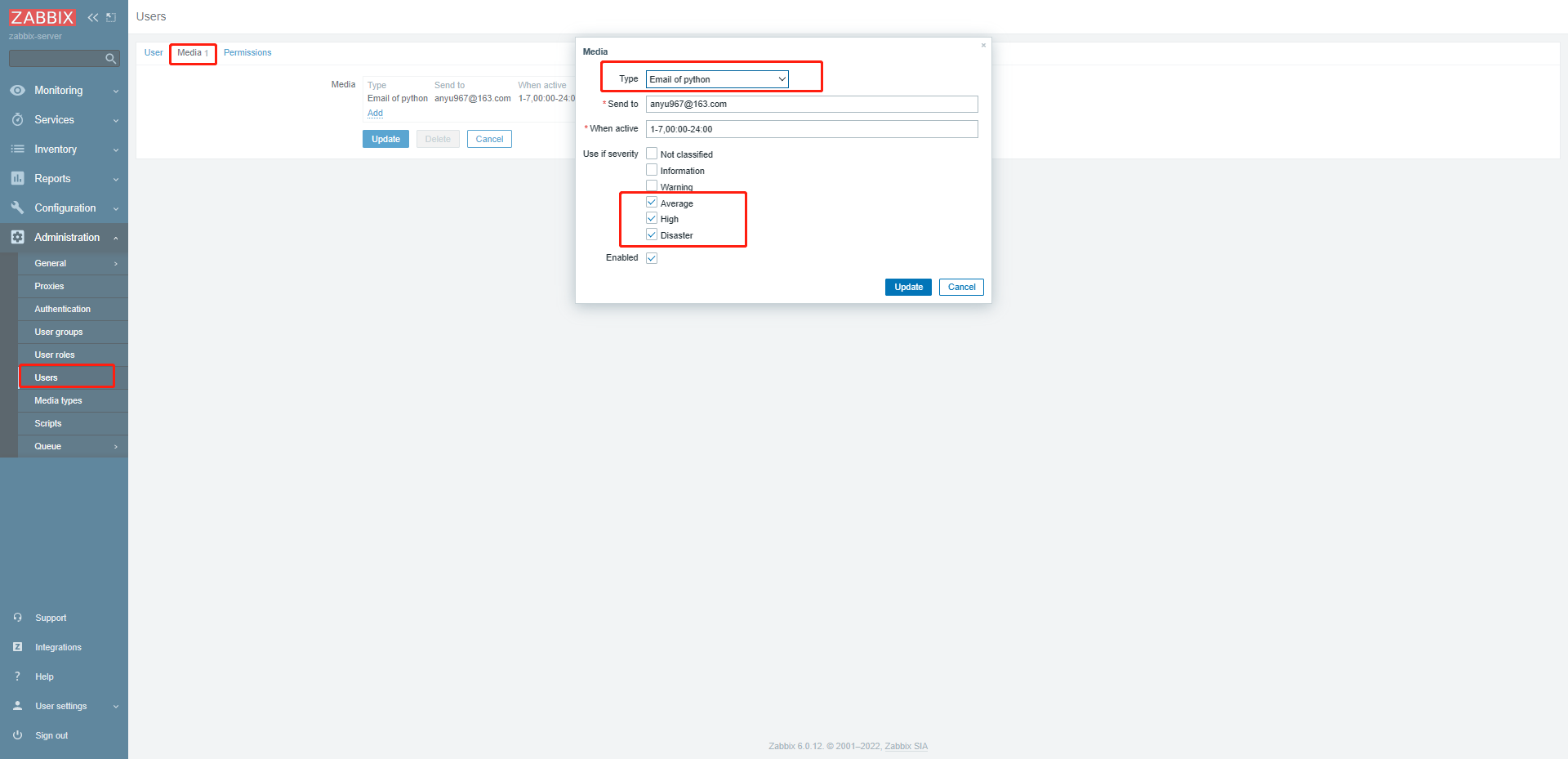
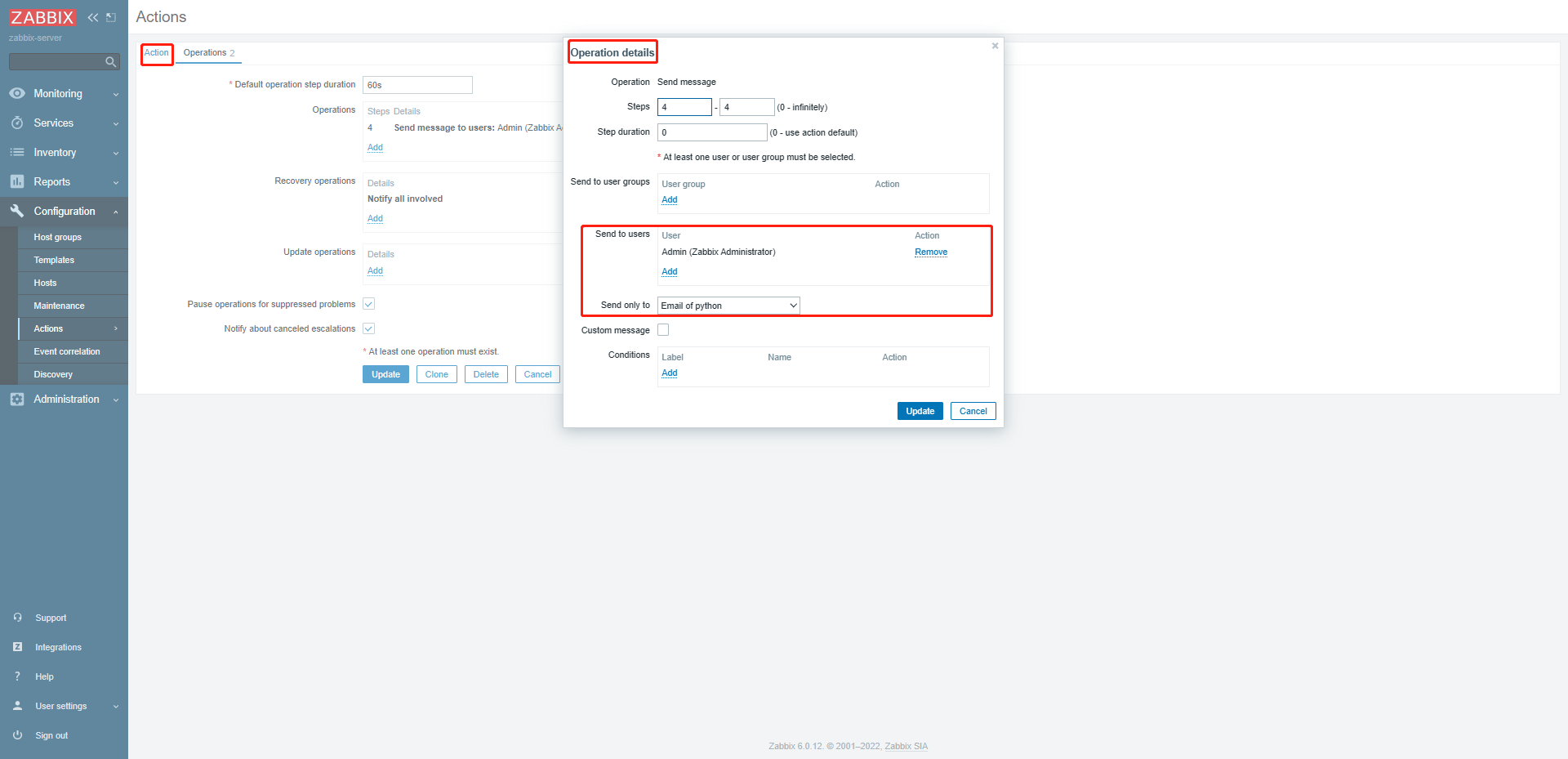
- 1)新建脚本➡️➡️告警媒介里配置(
-
2、微信告警配置
Registration and Login -Help Center - WeCom
#!/usr/bin/python #- * -coding: utf - 8 - * - import json import sys import urllib, urllib2 agentid = 'xxx' corpid = 'xxx' corpsecret = 'xxx' # get tocken gettoken_url = 'https://qyapi.weixin.qq.com/cgi-bin/gettoken?corpid=' + corpid + '&corpsecret=' + corpsecret token_file = urllib2.urlopen(gettoken_url) token_data = token_file.read().decode('utf-8') token_json = json.loads(token_data) my_token = token_json['access_token'] # send wechart touser = sys.argv[1] # many user: 'zhangsan|wangwu' content = sys.argv[2] # content post_content = { "touser": touser, "agentid": agentid, "msgtype": "text", "text": { "content": content, } } json_content = json.dumps(post_content) url = 'https://qyapi.weixin.qq.com/cgi-bin/message/send?access_token=' + my_token response = urllib2.urlopen(url, json_content) print(response.read().decode('utf-8')) -
3、钉钉告警配置
1)通讯录里的userid要用到;
2)工作台自建应用;
[root@harbor alertscripts]# cat ./zabbix_dingding.py #!/usr/bin/python # -*- coding:utf-8 -*- import json, urllib2, sys appkey = 'xxxx' appsecret = 'xxxx' agentid = 'xxxx' touser = sys.argv[1] content = sys.argv[2] tokenurl = 'https://oapi.dingtalk.com/gettoken?corpid=' + appkey + "&corpsecret=" + appsecret tokenresponse = urllib2.urlopen(tokenurl) tokenresult = json.loads(tokenresponse.read().decode('utf-8')) token = tokenresult['access_token'] sendurl = 'https://oapi.dingtalk.com/message/send?access_token=' + token headers = { 'Content-Type': 'application/json' } main_content = { "touser": touser, "toparty": "", "agentid": agentid, "msgtype": "text", "text": { "content": content } } main_content = json.dumps(main_content) req = urllib2.Request(sendurl, headers=headers) response = urllib2.urlopen(req, main_content.encode('utf8')) print(response.read().decode('utf-8'))
本文来自博客园,作者:anyu967,转载请注明原文链接:https://www.cnblogs.com/anyu967/articles/17324345.html


